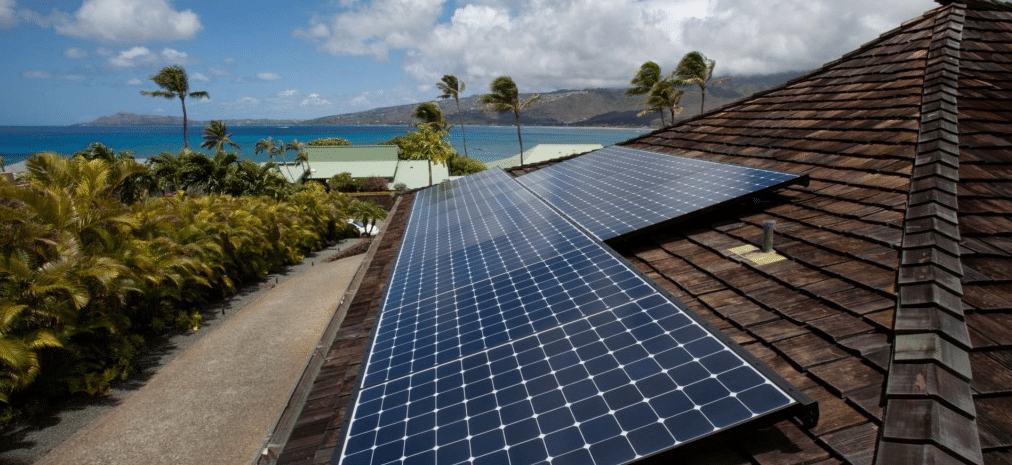Nowhere in the United States has embraced rooftop solar like Hawaii. Very high retail electricity prices made net-metered rooftop solar a bargain in the island state well before the mainland, with the result that 16-20% of all homes on individual islands hosted PV systems by the end of 2017.
As this is a much higher rate of distributed solar than anywhere in the Continental United States, this and the island’s isolated grid also meant that the state’s utilities hit technical challenges associated with deploying this solar sooner.
And whether or not these technical issues were a sufficient and valid reason, state regulators shut off net metering to new customers in the territory of Hawaiian Electric Companies (HECO) in 2015, instead shifting to policies that de-facto mandated pairing solar with energy storage by forbidding electricity exports.
But while the Hawaii Public Utilities Commission (HPUC) was forcing energy storage upon new customers who sought to install solar, they had not yet made it a reasonable option for existing solar customers, as it would void their net metering agreement.
This changed last Friday, with HPUC issuing an order which approves an option for customers to add energy storage to an existing net-metered installation, without adding any more solar. This goes beyond HECO’s proposal that such systems be allowed for emergency back-up, and will allow energy storage for other purposes.
A limit on exports to the original capacity of the PV system under net metering is maintained, with a 1 kW variance for advanced inverters. The rule further exempts these energy storage systems from a technical review requirement.
“The PUC has created a new market for resilient energy storage equipment,” said Will Giese, the executive director of the Hawaii Solar Energy Association (HSEA) in a statment. “By allowing existing customers new options to participate in the clean economy, we’re lowering the cost of energy storage and accelerating deployment of new renewable technologies.”
HSEA notes that customers wishing to add solar and storage will need to re-program their existing inverters to meet frequency and voltage standards, where possible. HPUC also directed HECO to work with HSEA and other stakeholders to create an easily understood net metering modification process for customers who want to add storage.
Such changes have been a long time coming, as the ruling is under a docket that opened four years ago. The ruling also made what HSEA has described as “minor” changes to interconnection tariffs, as well as interconnection terminology. Finally, it suspended the next phase of the Distributed Energy Resources (DER) docket.
This content is protected by copyright and may not be reused. If you want to cooperate with us and would like to reuse some of our content, please contact: editors@pv-magazine.com.









By submitting this form you agree to pv magazine using your data for the purposes of publishing your comment.
Your personal data will only be disclosed or otherwise transmitted to third parties for the purposes of spam filtering or if this is necessary for technical maintenance of the website. Any other transfer to third parties will not take place unless this is justified on the basis of applicable data protection regulations or if pv magazine is legally obliged to do so.
You may revoke this consent at any time with effect for the future, in which case your personal data will be deleted immediately. Otherwise, your data will be deleted if pv magazine has processed your request or the purpose of data storage is fulfilled.
Further information on data privacy can be found in our Data Protection Policy.